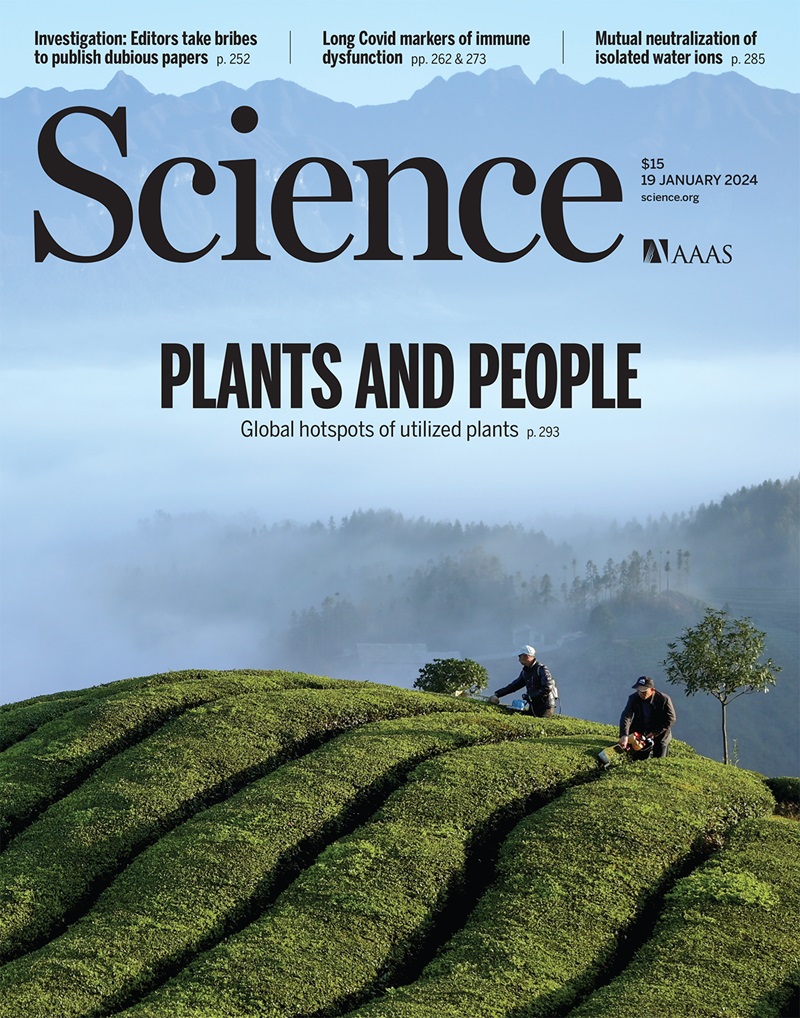Metabolite-induced in vivo fabrication of substrate-free organic bioelectronics
IF 45.8
1区 综合性期刊
Q1 MULTIDISCIPLINARY SCIENCES
引用次数: 19
Abstract
Interfacing electronics with neural tissue is crucial for understanding complex biological functions, but conventional bioelectronics consist of rigid electrodes fundamentally incompatible with living systems. The difference between static solid-state electronics and dynamic biological matter makes seamless integration of the two challenging. To address this incompatibility, we developed a method to dynamically create soft substrate-free conducting materials within the biological environment. We demonstrate in vivo electrode formation in zebrafish and leech models, using endogenous metabolites to trigger enzymatic polymerization of organic precursors within an injectable gel, thereby forming conducting polymer gels with long-range conductivity. This approach can be used to target specific biological substructures and is suitable for nerve stimulation, paving the way for fully integrated, in vivo–fabricated electronics within the nervous system.
代谢物诱导的无基底有机生物电子器件的体内制造
将电子器件与神经组织连接起来对于了解复杂的生物功能至关重要,但传统的生物电子器件由刚性电极组成,与生物系统根本不兼容。静态固态电子元件与动态生物物质之间的差异使得两者之间的无缝整合极具挑战性。为了解决这种不兼容性,我们开发了一种在生物环境中动态创建无基底软导电材料的方法。我们在斑马鱼和水蛭模型中演示了体内电极的形成,利用内源性代谢物触发可注射凝胶中有机前体的酶聚合,从而形成具有远距离导电性的导电聚合物凝胶。这种方法可用于靶向特定的生物子结构,适用于神经刺激,为在神经系统内制造完全集成的体内电子器件铺平了道路。
本文章由计算机程序翻译,如有差异,请以英文原文为准。
求助全文
约1分钟内获得全文
求助全文
来源期刊

Science
综合性期刊-综合性期刊
CiteScore
61.10
自引率
0.90%
发文量
0
审稿时长
2.1 months
期刊介绍:
Science is a leading outlet for scientific news, commentary, and cutting-edge research. Through its print and online incarnations, Science reaches an estimated worldwide readership of more than one million. Science’s authorship is global too, and its articles consistently rank among the world's most cited research.
Science serves as a forum for discussion of important issues related to the advancement of science by publishing material on which a consensus has been reached as well as including the presentation of minority or conflicting points of view. Accordingly, all articles published in Science—including editorials, news and comment, and book reviews—are signed and reflect the individual views of the authors and not official points of view adopted by AAAS or the institutions with which the authors are affiliated.
Science seeks to publish those papers that are most influential in their fields or across fields and that will significantly advance scientific understanding. Selected papers should present novel and broadly important data, syntheses, or concepts. They should merit recognition by the wider scientific community and general public provided by publication in Science, beyond that provided by specialty journals. Science welcomes submissions from all fields of science and from any source. The editors are committed to the prompt evaluation and publication of submitted papers while upholding high standards that support reproducibility of published research. Science is published weekly; selected papers are published online ahead of print.
 求助内容:
求助内容: 应助结果提醒方式:
应助结果提醒方式:


